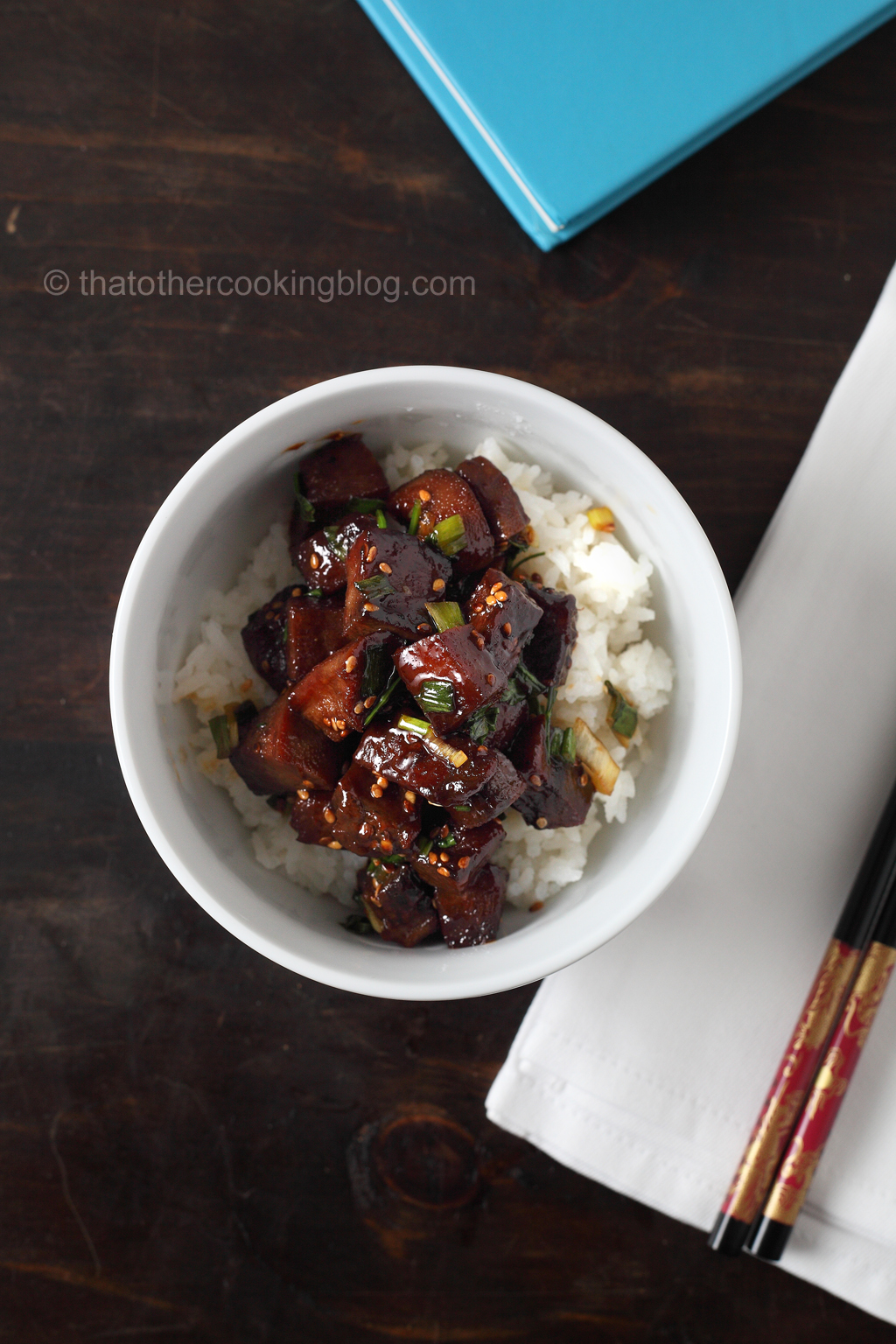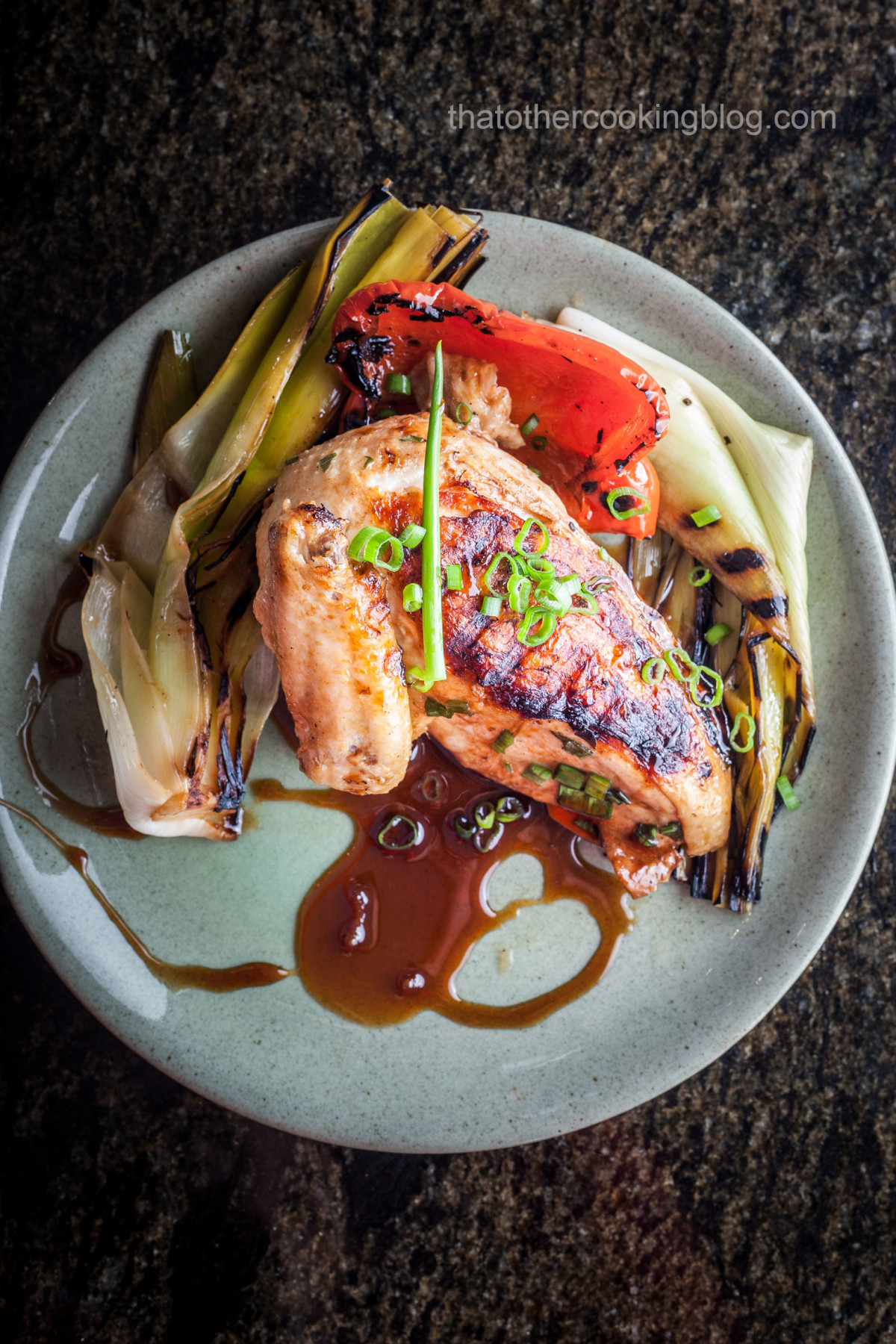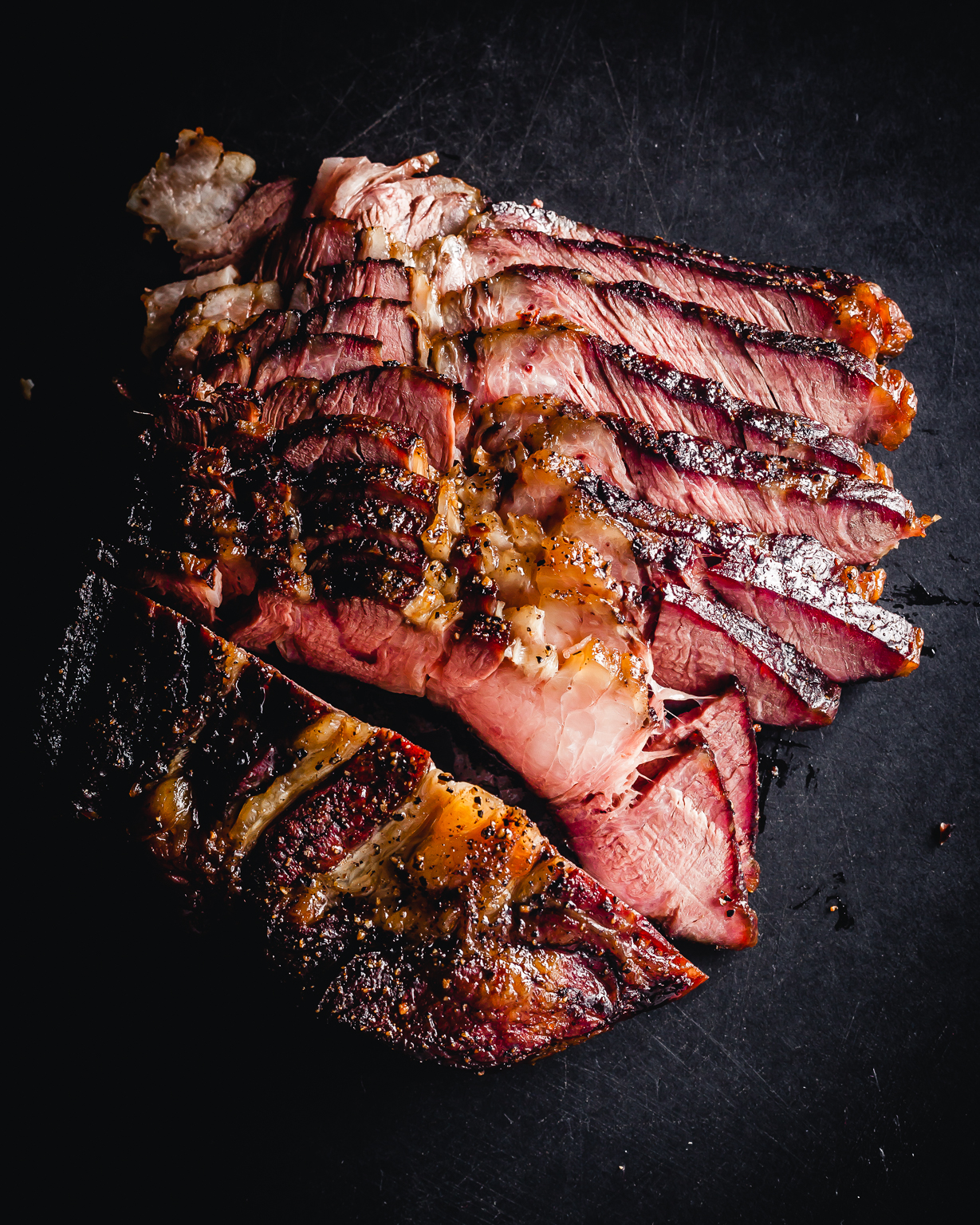Making fermented pickles at home (of any kind) is extremely simple and if you haven’t tried it then it might make sense to start with an easy yet classic recipe. Pickled cucumbers are normally called simply pickles but there are all sort fo pickles or pickled things. Anyways, semantics aside, in order to ferment cucumbers you need 4 basic components: Water, salt, flavorings and of course cucumbers, and the process I’m about to describe here applies to pretty much anything I (lacto) ferment at home so you can even use this as a guideline for fermenting, beets, celery, garlic, etc. Let’s go.
Making a pickling brine
This is how I usually go about pickling veggies at home. I make a saline solution of at least 3% in concentration. I don’t think you need to make saltier brine but it isn’t uncommon to see 4% or even 6% brines out there in other recipes. You will need a scale to weigh the water and the salt and if you’re wondering how much brine should you make the answer depends on how many cucumbers you’re pickling. So just make enough brine to cover the cucumbers once in the jar. And if this percentage-salinity business confuses you… for every 100g of water add 3 grams of salt. This is not exactly the math but the error is negligible. Pickling isn’t an exact science either so don’t worry about it too much as long as you’re in the ballpark with your water/salt ratio. Oh… I use kosher salt but any salt will do.
Should I boil the brine?
Hmm… sure. If you’re that paranoid or if you’re water source is questionable in which case you shouldn’t be pickling, to begin with. At home, I drink tap water which means it is pretty much safe (I’ve used bottled water but if you’re happy with your tap water, give it a try) but if it makes you sleep better at night then by all means, boil the hell out of it, just make sure to bring it back to room temp before adding the pickles and this article isn’t about cucumber soup.
What about flavorings?
This is where you can get really creative but I like to keep it simple. I usually just add some peppercorns, fennel seeds, fresh dill, garlic, and black tea. The amounts will vary according to taste and I really don’t want to limit your creativity by giving you some arbitrary numbers here. Let’s say for each cucumber add about a teaspoon of each roughly. Again, I’d hate to get too specific because I never measure this stuff and go by what looks and feels right. Over time, you’ll know what I mean.
What kind of cucumbers should I use?
Quite honestly, I’d say use whatever kind you have at hand. If they’re too big, chop them in chunks otherwise you can pickle them whole. I personally like Persian cucumbers because of their size and texture but I have pickled just about any kind and there’s something special about each one of them. Go for cucumbers that aren’t too young or too old. Check their driver’s license.

How do I put it all together?
This is the easy part. I’m assuming you have a jar at hand (or a bunch of em). I like to use glass jars but there are some plastic options as well out there (google it up). Anyways, add the cucumbers in the empty jar. Add the flavorings and then add the brine until the cucumbers are submerged… which they won’t because they love to float. Bear with me. Eyeball it the best you can and close the jar( I’m assuming your jar has a lid). Shake it to make sure all the flavorings distribute well around the volume of the jar and put the jar in a place away from direct sunlight.
How do I keep these guys submerged?
Ok, don’t sweat it. Alton Brown to the rescue. I’ve been using his method for a while and it works like a charm. He suggests using a ziplock bag partially filled (close to full) with water to weigh down the veggies in the jar. I’ve done it. I usually ferment in containers bigger than half a gallon with a wide mouth so I find myself using sandwich size baggies for this purpose but use what works best for your situation.
Burp… excuse me?
If your jar’s lid is airtight you might actually have a problem. Fermentation is a process that generates a ton of gasses and if the jar can’t breathe it might explode. I suggest not tightening the lid too hard. You can also “burp” the jar by letting the gasses out once a day or so. Or just get fermentation jars with those fancy wiggly pipes on the lid which let the gas but nothing gets back in. I can’t remember what they’re called because I’ve never used them but I think they’re cool.
How long to ferment for?
The right answer here is: until they’re ready. As annoying as this may sound but there’s really no exact time I can give you. Roughly 2 weeks but depends on the cucumbers, the weather, the temperature, the water, etc. Too many variables dictating the speed of fermentation. I keep an eye on them and I actually use a digital pH meter to monitor the lactic acid concentration (yeah… that’s something you might wanna get once you really get into it). Once the pH drops below 4 I’d say they’re about there. I let them drop to about 3.8 because I really like them as acidic as possible but some people are happy with pH levels above 4. It’s all a matter of personal preference.
Why add black tea?
I know this might seem weird and it is totally optional but the idea behind black tea is to add tannins to your brine which will fortify the cucumber’s cell walls to enhance that crunch factor. Maybe try with and without to see if you can tell the difference. Don’t forget to share your findings in the comment section!
Why should I transfer them into the fridge?
If you keep fermented pickles for longer than a few weeks at room temperature, eventually they will become soft and mushy. The fridge is a better option if you’re not planning on eating them quickly enough. In the fridge, the fermentation process doesn’t stop but it is slowed down dramatically. I keep fermented sauces at room temperature pretty much indefinitely but pickled cucumbers keep a much better texture if kept cold in the fridge.
What else to do?
You’re done. Go enjoy some homemade pickles and don’t forget to let your comments or thought down below. Follow my blog for more simple fermentation recipes and other awesome cooking ideas!

Wanna get more sous-vide cooking guides and cool cooking how-to’s in your mailbox? You know what needs to be done!
We never spam. You should only be getting updates when new content is posted on the site. We also respect your privacy. We don’t share your email address with anyone and you can unsubscribe anytime!





2 comments
I dont understand those photos in the pickling article…?
The pickles look like there on a roasting pan and being roasted? Or am I wrong? Thanks mark
no roasting happening whatsoever hahah. That’s just a prop. With love, Mark.. I mean Paul 🙂